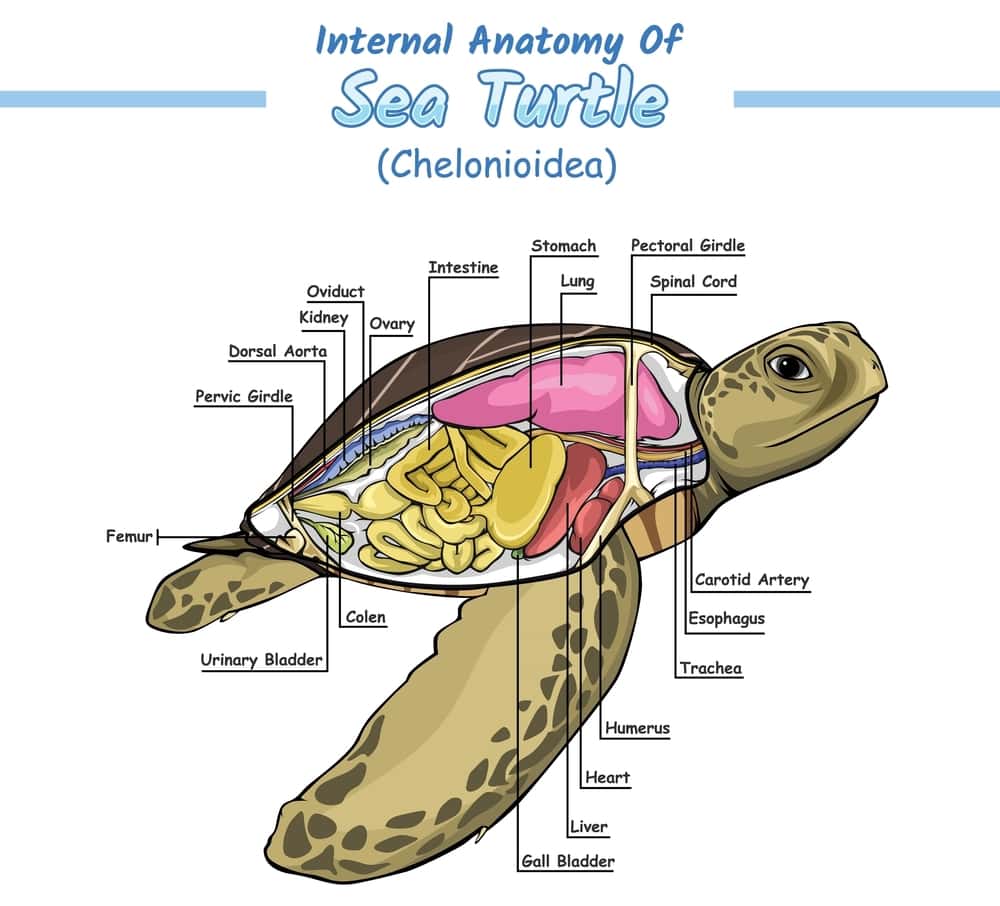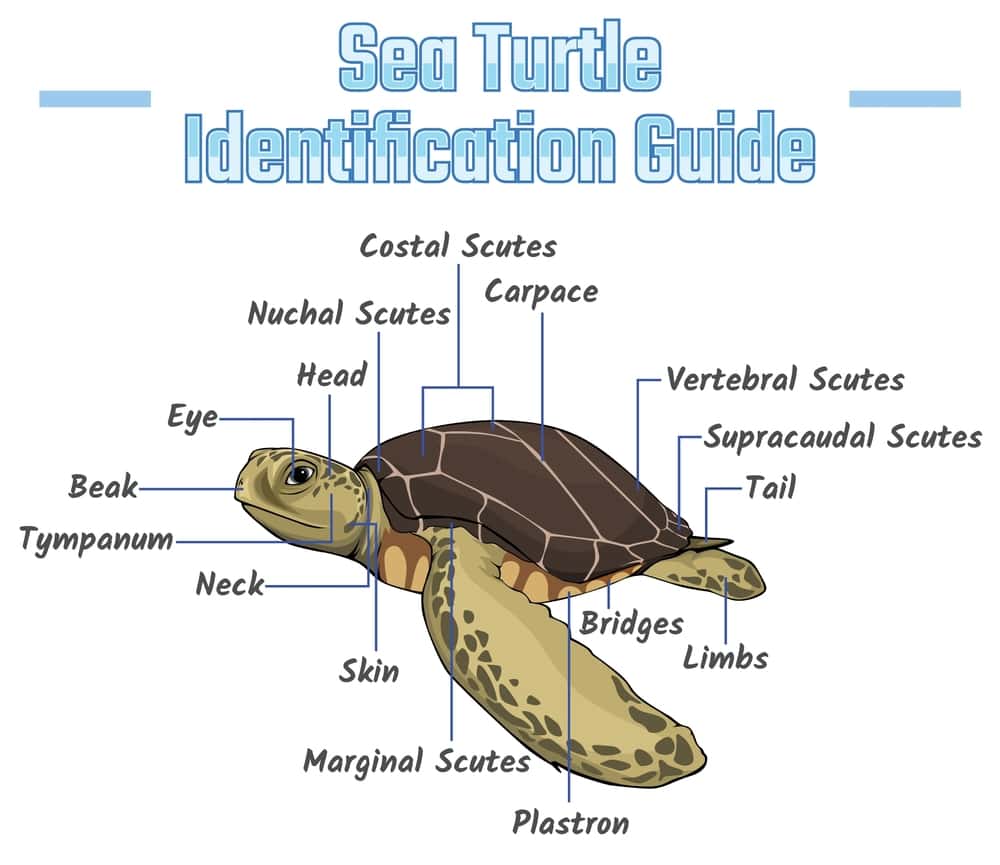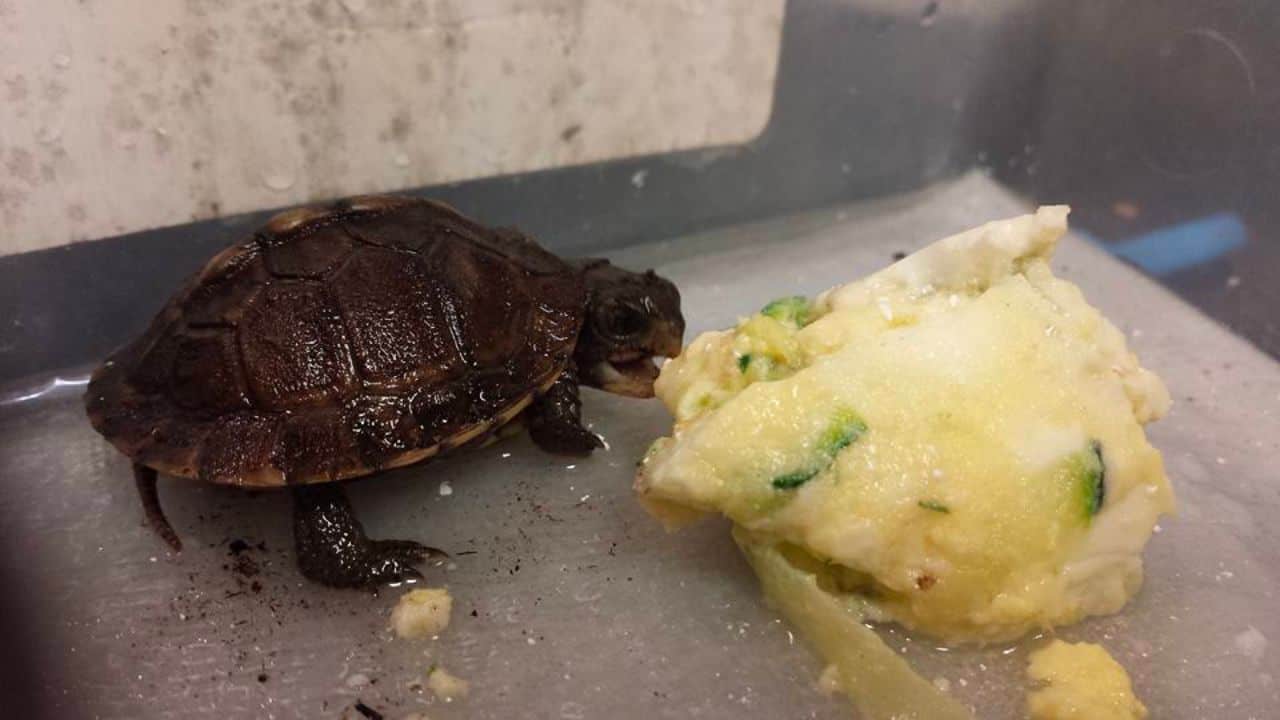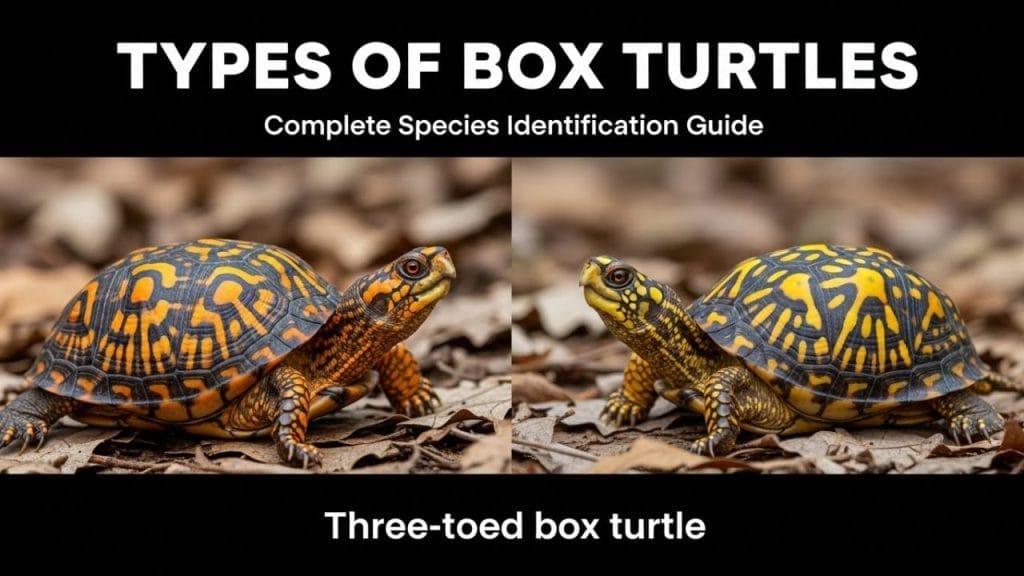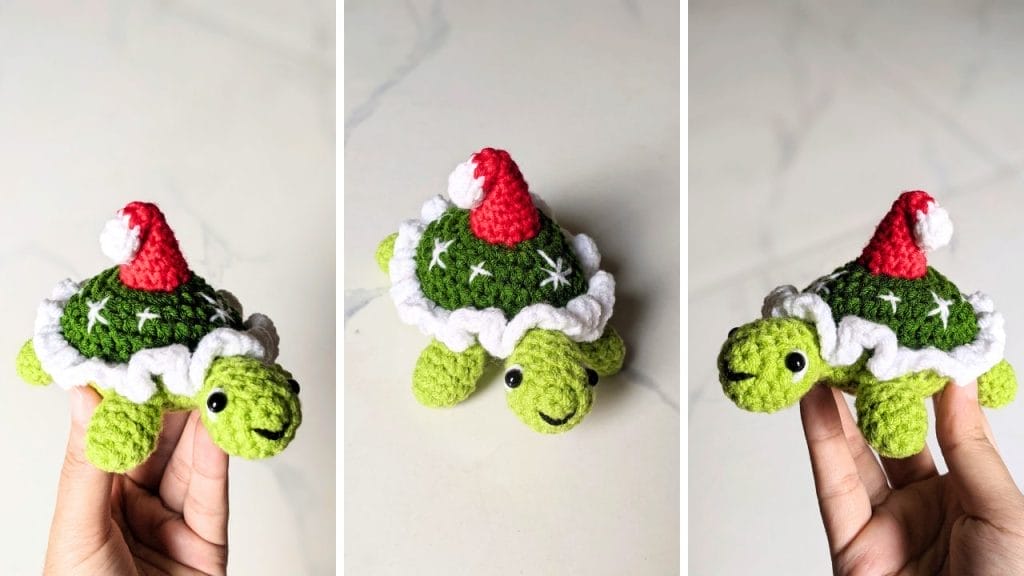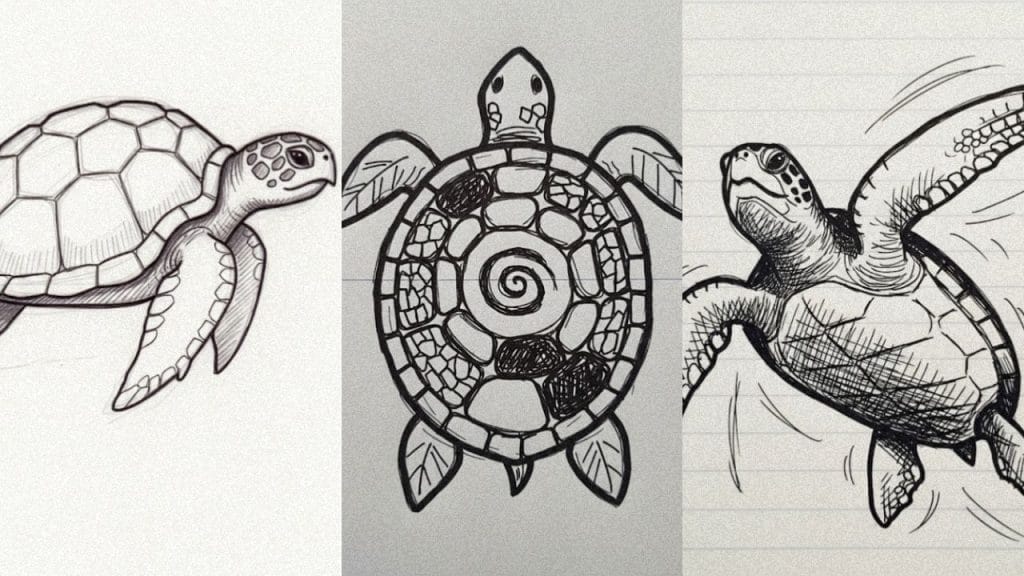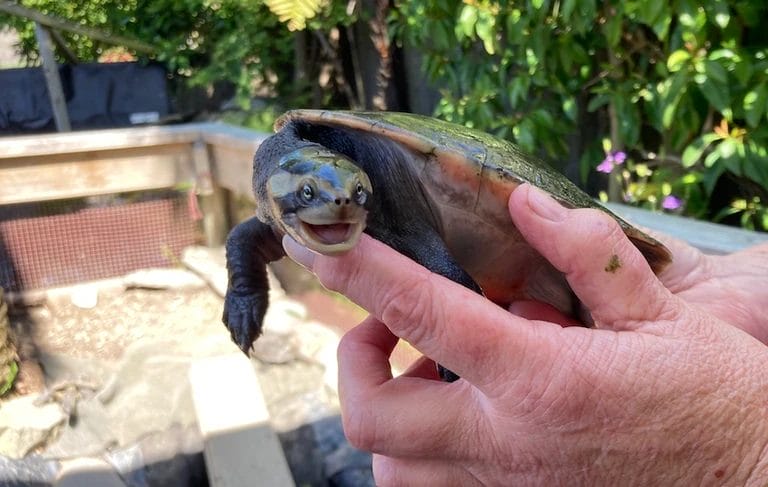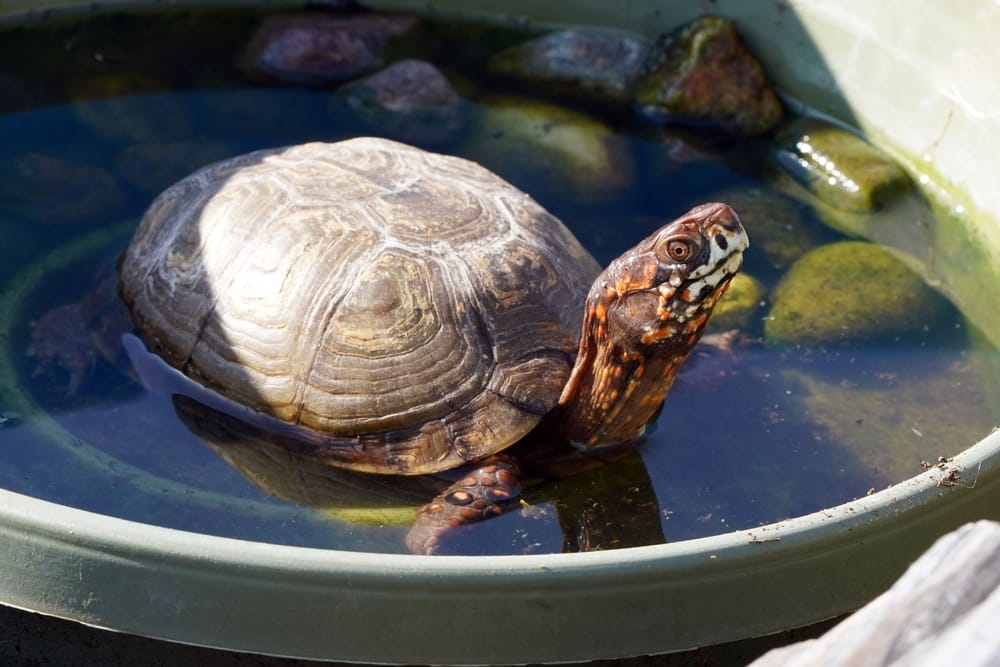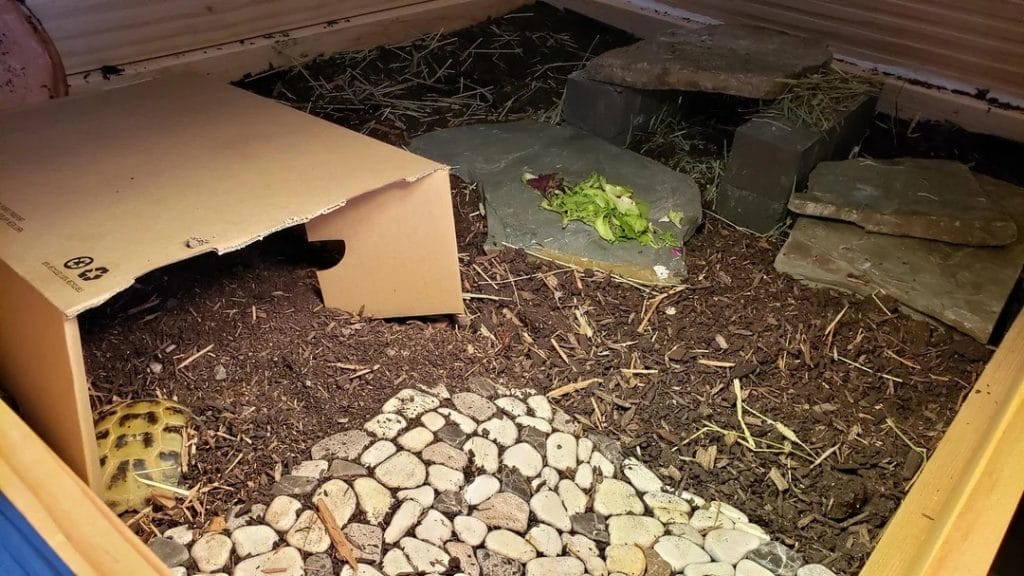How Do Turtles Digest Their Food? (It’s Way Weirder Than You Think)
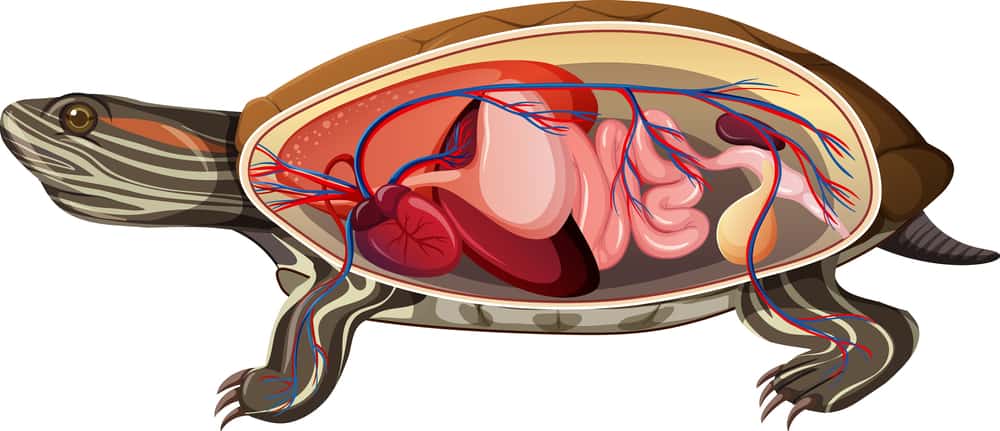
This post was created with help from AI tools and carefully reviewed by a human (Muntaseer Rahman). For more on how we use AI on this site, check out our Editorial Policy.
Ever watched a turtle eat and wondered what the heck happens next? I mean, they’re basically living rocks that somehow turn lettuce into energy.
Last week, I watched my neighbor’s turtle Gerald absolutely demolish a strawberry. It took him fifteen minutes to eat something the size of my thumb, and I couldn’t stop thinking: how does that even work?
Turns out, turtle digestion is like a really slow-motion magic trick that would make your stomach jealous.
Your Turtle’s Mouth: The World’s Most Patient Food Processor
Here’s something that blew my mind: most turtles don’t even have teeth.
They’ve got these sharp, knife-like edges on their beaks instead. It’s like trying to eat pizza with scissors, but somehow it works perfectly.
When a turtle chomps down on food, they’re not really chewing like we do. They’re more like living paper shredders, tearing everything into turtle-sized chunks.
And get this – some sea turtles have backwards-pointing spikes in their throats. Why? To stop slippery jellyfish from escaping once they’ve been caught.
Nature basically gave them built-in prison bars in their mouths. Wild, right?
The Slowest Journey in the Animal Kingdom
Once food leaves a turtle’s mouth, it enters what I like to call the “digestive highway to nowhere.”
Normally, it takes about 2-3 days for a turtle to digest a meal under proper conditions. But here’s where it gets wild – in cold weather, their digestion can almost shut down for weeks.
This slow processing time means baby turtles need carefully portioned daily feedings that account for their faster metabolism and smaller digestive systems compared to adults.
For comparison, your food takes about 24 hours max. So even at turtle normal speed, they’re still taking their sweet time.
The food first hits their esophagus, which is basically a one-way tube to turtle town. No backing out now, little lettuce piece.
This Hilarious Turtle Book Might Know Your Pet Better Than You Do
Let’s be real—most turtle care guides feel like reading a textbook written by a sleep-deprived zookeeper.
This one’s not that.
Told from the snarky point of view of a grumpy, judgmental turtle, 21 Turtle Truths You’ll Never Read in a Care Guide is packed with sarcasm, sass, and surprisingly useful insights.
And hey—you don’t have to commit to the whole thing just yet.
Grab 2 free truths from the ebook and get a taste of what your turtle really thinks about your setup, your food choices, and that weird plastic palm tree.
It’s funny, it’s honest, and if you’ve ever owned a turtle who glares at you like you’re the problem—you’ll feel seen.
Plot Twist: Turtles Don’t Actually Have Gizzards (But They Do Something Similar)
Okay, I need to set the record straight here. Turtles don’t have true gizzards like birds do.
But here’s what’s cool – they do swallow small rocks and stones that work almost like a gizzard would. These little stones hang out in their stomachs, grinding against food and helping break everything down.
It’s like they’ve figured out how to turn their regular stomach into a biological rock tumbler.
The weirdest part? They actually swallow these rocks on purpose to help with digestion. Some desert tortoises have been found with stones making up a decent chunk of their stomach contents.
It’s like they’re seasoning their food with gravel. Honestly, still kind of genius.
The Real MVP: Turtle Intestines
Here’s where things get seriously impressive.
A turtle’s intestines can be up to 10 times longer than their body length. That’s like if your intestines were 60 feet long instead of the usual 20-something feet.
Why so long? Because plant matter is tough to break down, and turtles are basically living composters.
All that extra intestine length gives their gut bacteria more time and space to work their magic. It’s like having a really, really long assembly line where each worker gets plenty of time to do their job right.
Temperature: The Secret Ingredient (This One’s Huge for Pet Owners)
This part made me feel bad for every turtle I’ve ever seen in winter – and it’s super important if you have a pet turtle.
Turtle digestion is completely dependent on temperature. When it’s cold, their metabolism basically hits the snooze button.
In winter, some turtles can go 3-6 months without eating because their digestive system just… stops working efficiently.
It’s like their internal food processor switches from “puree” to “barely functioning hand mixer.”
Here’s what pet turtle owners need to know: your turtle needs proper heat and UVB lighting to digest food properly. Without a basking area around 85-95°F and UVB light, they literally cannot absorb nutrients correctly.
Since digestion can take 24-48 hours depending on temperature and food type, proper feeding schedules are crucial—learn more in our guide on how often to feed turtles.
This isn’t optional turtle care – it’s like trying to run a car without an engine. The turtle might look fine, but their digestion is basically broken.
Meanwhile, in warm conditions with proper lighting, they’re digesting machines. Temperature literally controls their entire digestive timeline.
The Bathroom Situation (Plus Care Tips)
Let’s talk turtle poop because someone has to, and it’s actually useful info.
Given how long everything takes to digest, you’d think turtle waste would be rare. Wrong!
They actually poop pretty regularly, but it’s different depending on what they eat. Herbivore turtle poop looks like tiny green logs, while omnivore turtle waste is… let’s just say more varied.
Important care note: if your pet turtle isn’t pooping regularly, check your temperatures. Cold turtles can get constipated, which is as miserable for them as it sounds.
The crazy thing? Their poop is actually great fertilizer. These guys are basically living garden gold producers.
Since protein-heavy diets produce different waste than plant-based meals, understanding which foods are safe and nutritious for your turtle helps you predict and monitor their digestive health through their bathroom habits.
Why This Matters More Than You Think (Especially for Pet Owners)
Here’s the thing that got me really invested in turtle digestion: these animals are living proof that slow and steady actually works.
In a world where everything’s supposed to be fast and efficient, turtles are out here taking days to digest lunch and living for over 100 years.
Maybe they’re onto something.
For pet turtle owners, understanding digestion is crucial. If you know a turtle needs specific temperatures and UVB light to digest properly, you’re way less likely to accidentally harm them with poor setup.
Key care points:
- Basking is vital – they need that 85-95°F spot to warm up their digestion
- UVB lighting is non-negotiable – without it, they can’t absorb calcium properly
- Don’t overfeed – it actually slows down their already slow digestion
- Heat = health – a cold turtle is a sick turtle
Plus, understanding how wild turtles digest food helps us protect their natural habitats. If you know temperature changes mess with their entire digestive process, you’re going to care more about climate change affecting their survival.
Choosing easily digestible foods is especially important for young turtles—see our baby turtle feeding guide for age-appropriate options.
Quick FAQs About Turtle Digestion
How long does it take a turtle to digest food?
Normally 2-3 days under proper temperatures, but cold weather can slow digestion dramatically, sometimes for weeks.
Can turtles digest vegetables easily?
Yes, but they use special gut bacteria and long intestines to break down plant cellulose – it’s like having a built-in composting system.
Do turtles need heat to digest properly?
Absolutely – heat is essential for turtle digestion and immune function. Without proper basking temperatures (85-95°F), their digestive system basically shuts down.
Why do turtles eat rocks?
They swallow small stones to help grind food in their stomachs – it’s like having built-in food processors, though pet turtles should never be allowed to eat gravel as it can cause dangerous blockages.
What happens if a turtle gets too cold?
Cold temperatures can weaken their immune system and completely compromise digestion, making turtles more susceptible to illness and unable to process food properly.
The Bottom Line
Turtle digestion is basically nature’s version of slow food taken to the extreme.
They’ve turned eating into a 2-3 day meditation retreat (or weeks-long hibernation fast), complete with rock-grinding action and temperature-controlled processing.
Next time you see a turtle munching on something, remember: you’re watching the beginning of possibly the most patient digestive process on Earth.
And honestly? In our rush-everything, instant-everything world, maybe we could learn something from these shelled philosophers.
They’ve been doing their thing successfully for over 200 million years. Meanwhile, humans have been around for maybe 300,000 years and we’re already stressing about fast food taking more than two minutes.
Who’s really winning here?

About Author
Muntaseer Rahman started keeping pet turtles back in 2013. He also owns the largest Turtle & Tortoise Facebook community in Bangladesh. These days he is mostly active on Facebook.



